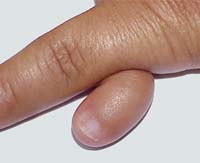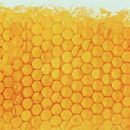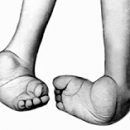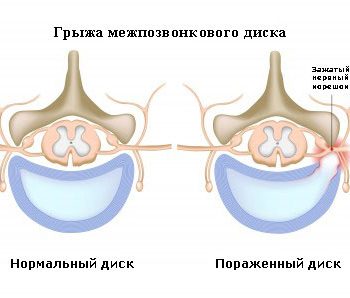Polydactilation is quite frequent and quite harmless congenital anomaly. At the same time, a person on hand or leg has extra fingers, the number and appearance of which may vary. Read more about the addition fingers in the article.
Content
Polydactilation is an increase in the amount of fingers on the brush or foot.Increasing the number of fingers can be different - from one extra finger (seniority) to 3 and even 5 extra fingers (tenacity). Extreme fingers may have either completely all composite elements of the joint phalange, or only part of these elements. This disease is inherited.
Manifestations of polydactilia
 The most commonly encountered the regional type of polydactilia when the extra finger is located since the edge of the brush or foot. Most often, such polydacticity is bilateral, that is, develops on both limbs. On the brushes from the side of the thumb most often there is a splitting of his last phalanx. Sometimes it does not reach the full split Falanga, but it is split only at the tip. This deformation is often transmitted by inheritance.
The most commonly encountered the regional type of polydactilia when the extra finger is located since the edge of the brush or foot. Most often, such polydacticity is bilateral, that is, develops on both limbs. On the brushes from the side of the thumb most often there is a splitting of his last phalanx. Sometimes it does not reach the full split Falanga, but it is split only at the tip. This deformation is often transmitted by inheritance.
Some scientists suggest separating polydactyl into three types: split the extreme finger (large or motherhood), replacing one extreme finger with two fingers or a large amount of additional fingers and additional fingers in the form of non-acting appendages. Such fingers are usually hanging on a thin skin leg and are not able to function normally.
More often there is an additional little finger, and it can hang on the leg and present a well-developed finger having a skeleton.
Diagnosis does not represent difficulties.
Treatment only surgical. Before the operation, the doctor needs to clarify the details of the fingertip, its connection with the adjacent finger and brush. It is advisable to remove your finger along with the corresponding Metal Bone, if it is. The error is to leaving at least a small area of the phalange of the extension. This bone residue in the future can grow and form a protrusion that will require a re-operation.
Operating it follows from the first months of life. In the presence of a fully developed additional thumb, equal to normal, when it is difficult to determine which finger to delete, the operation should be postponed for a while so that you can find out how the tendons and muscles of the device are better working on a finger and whether there is a defect in the development of the bone. Usually worse than the finger is located outside.









